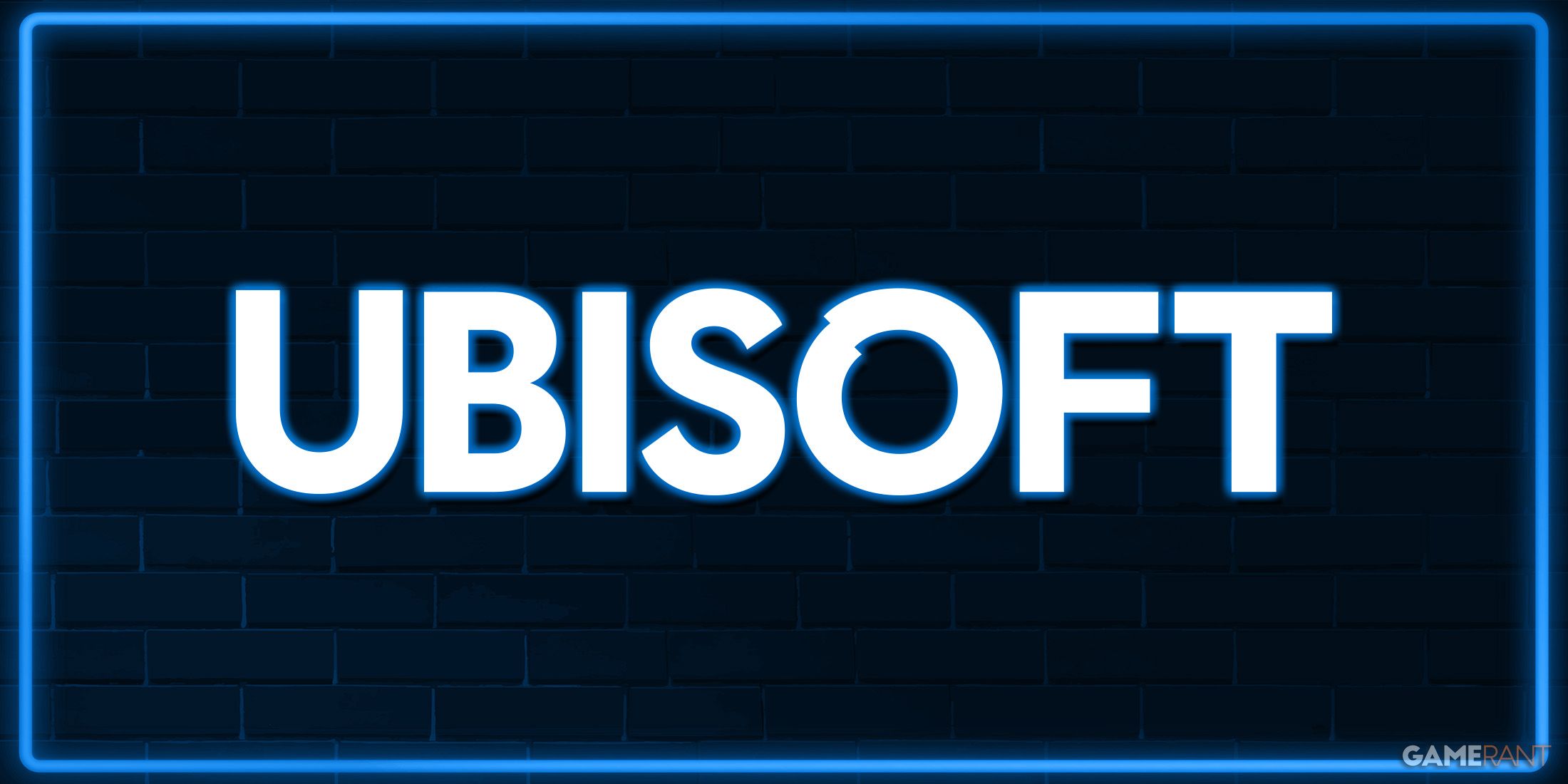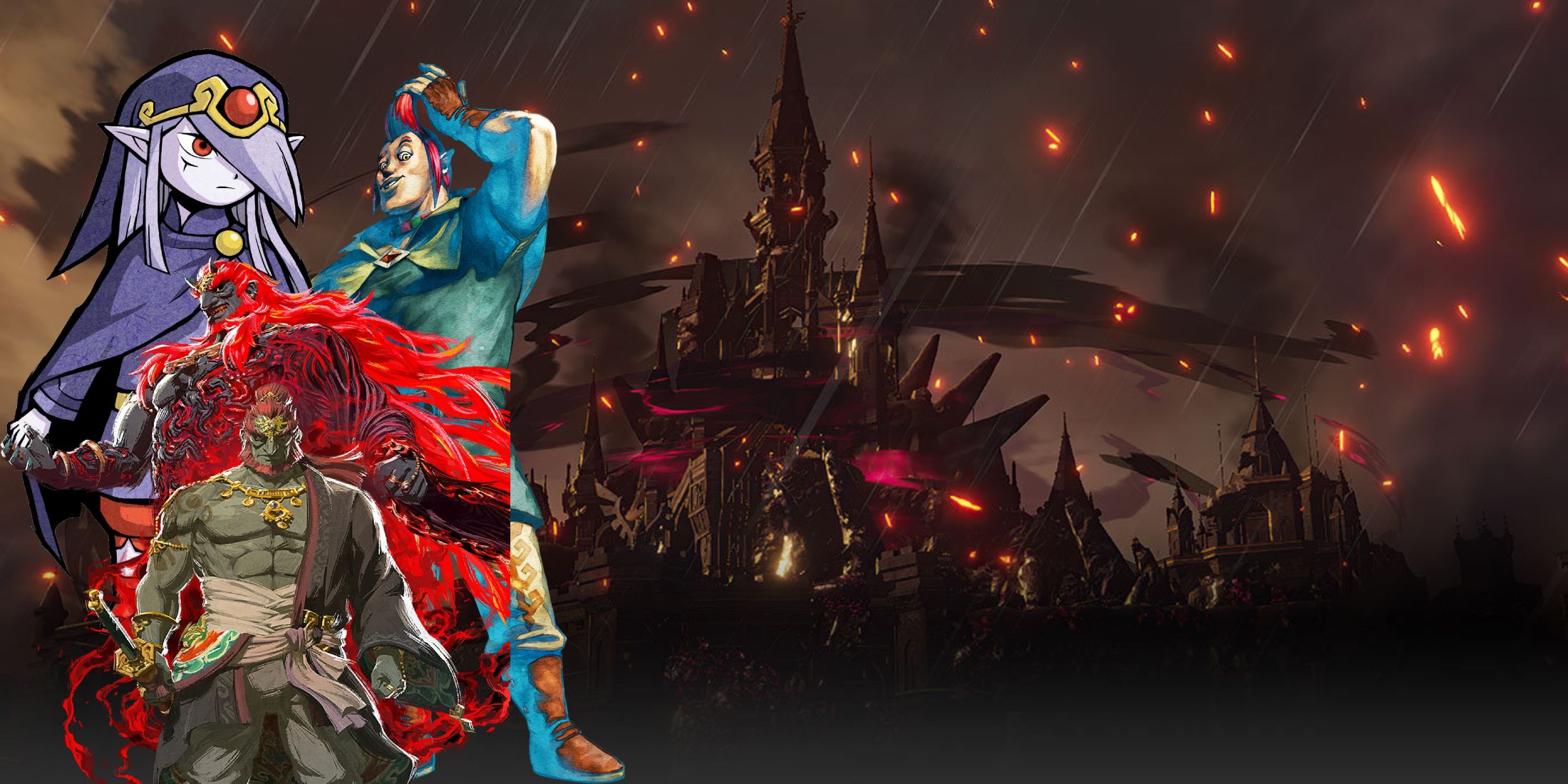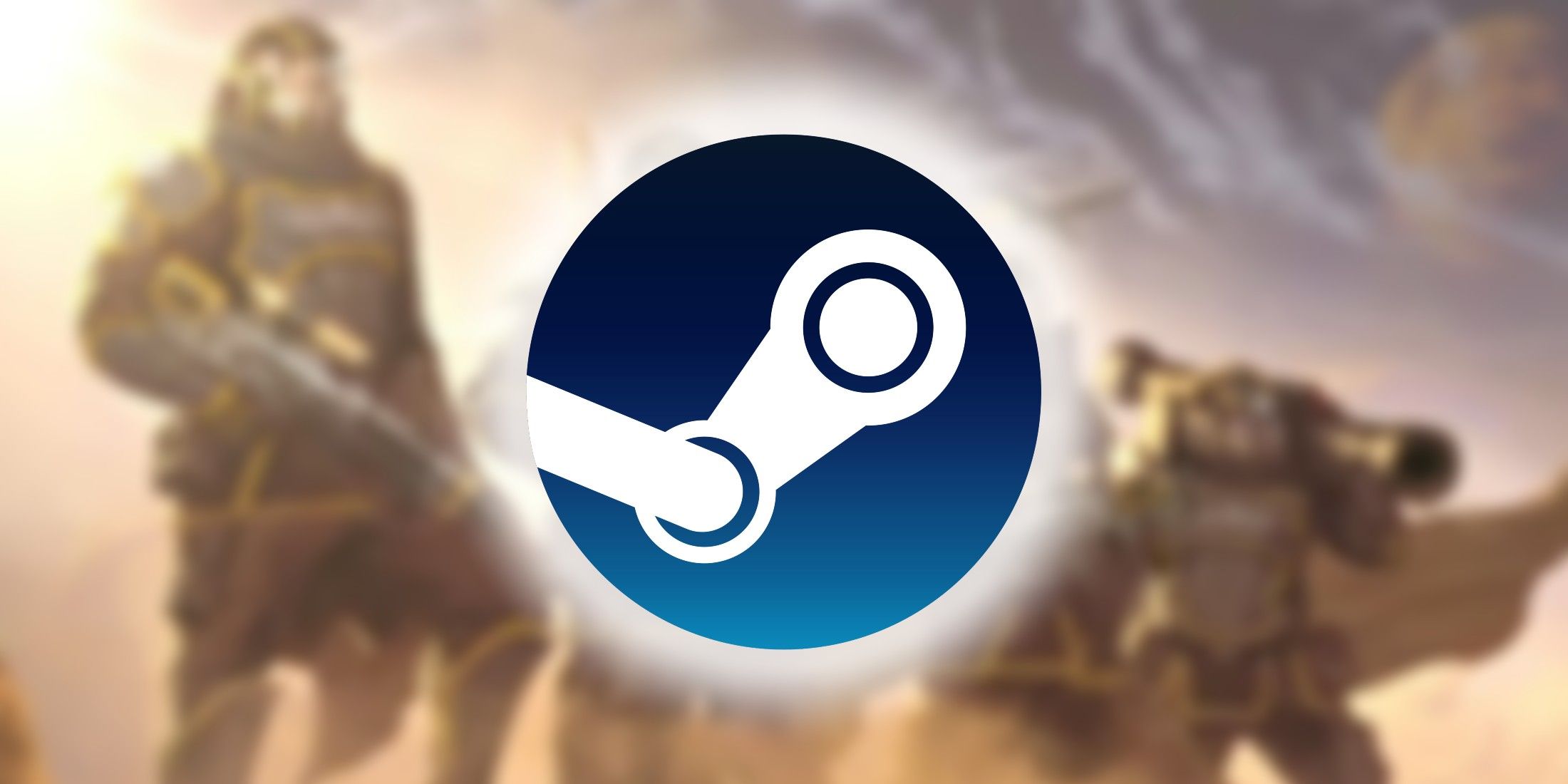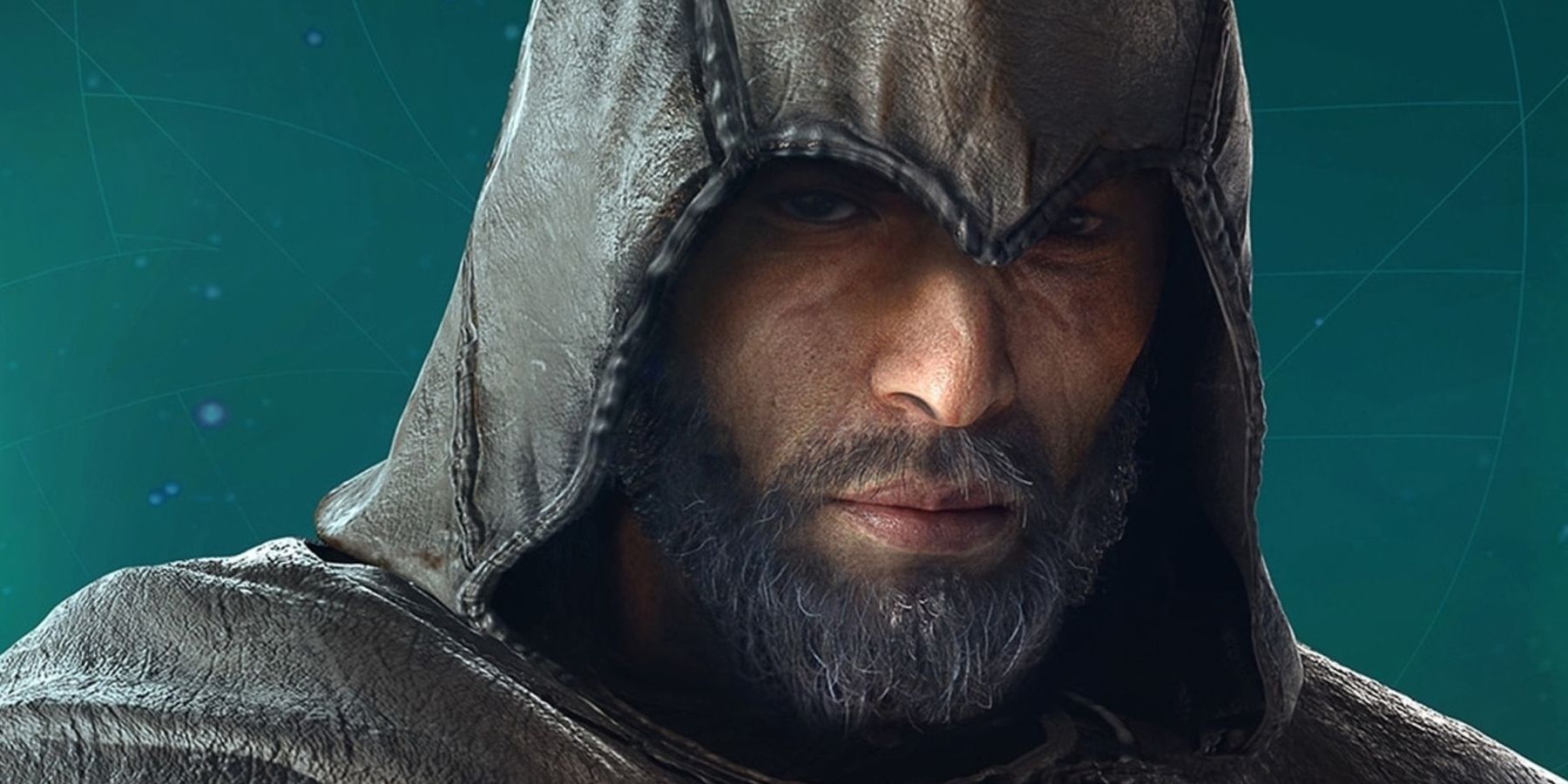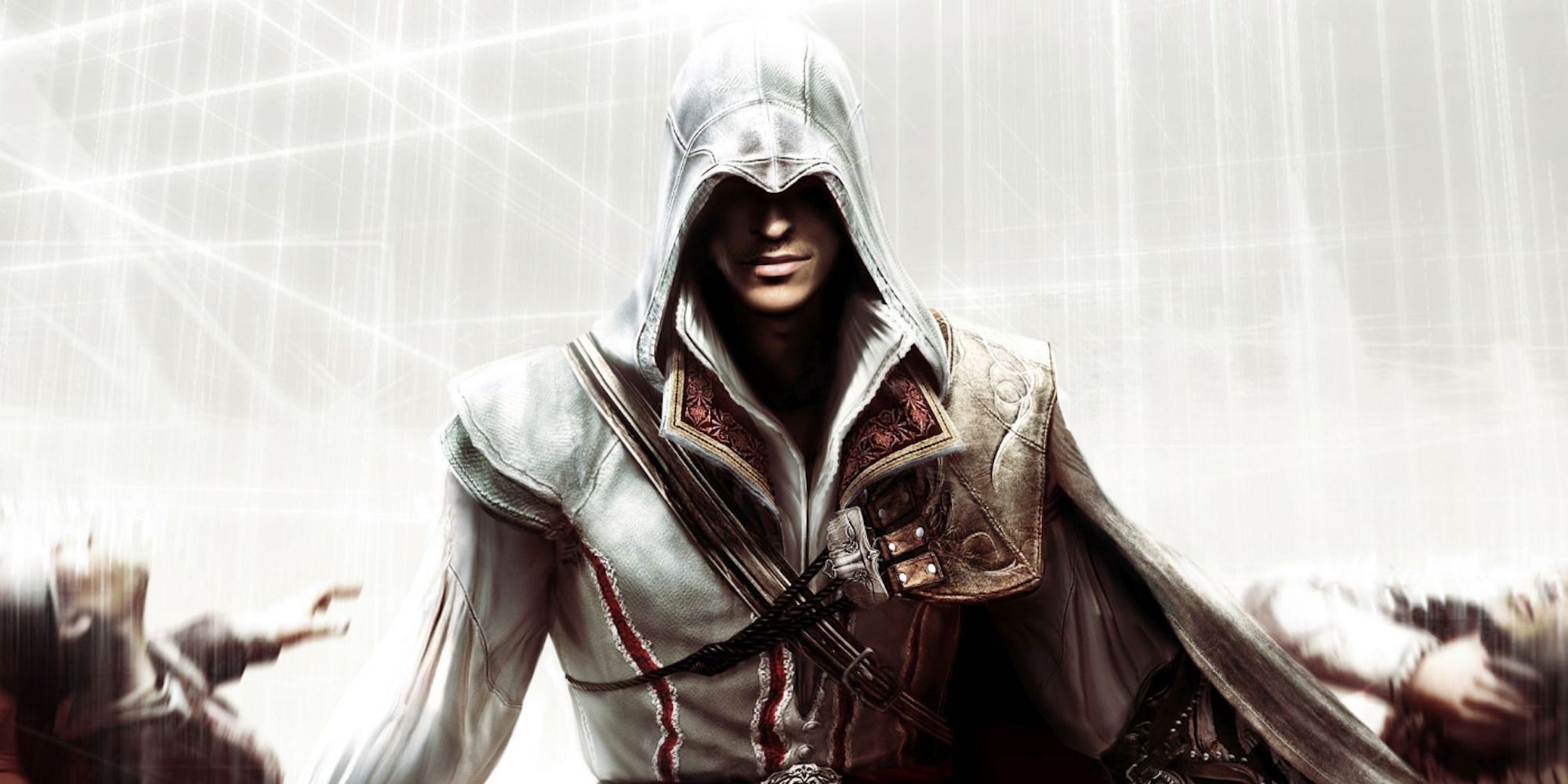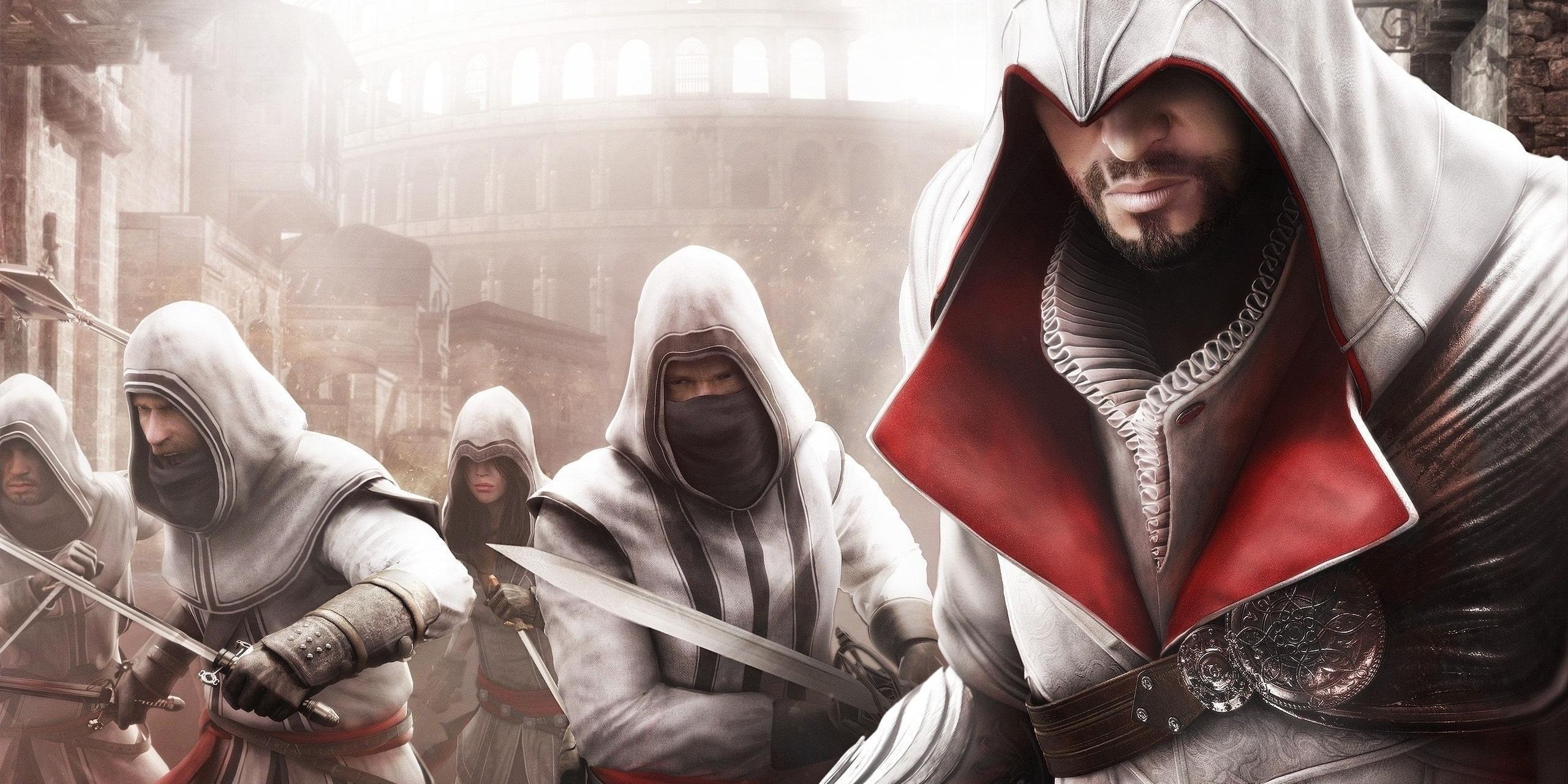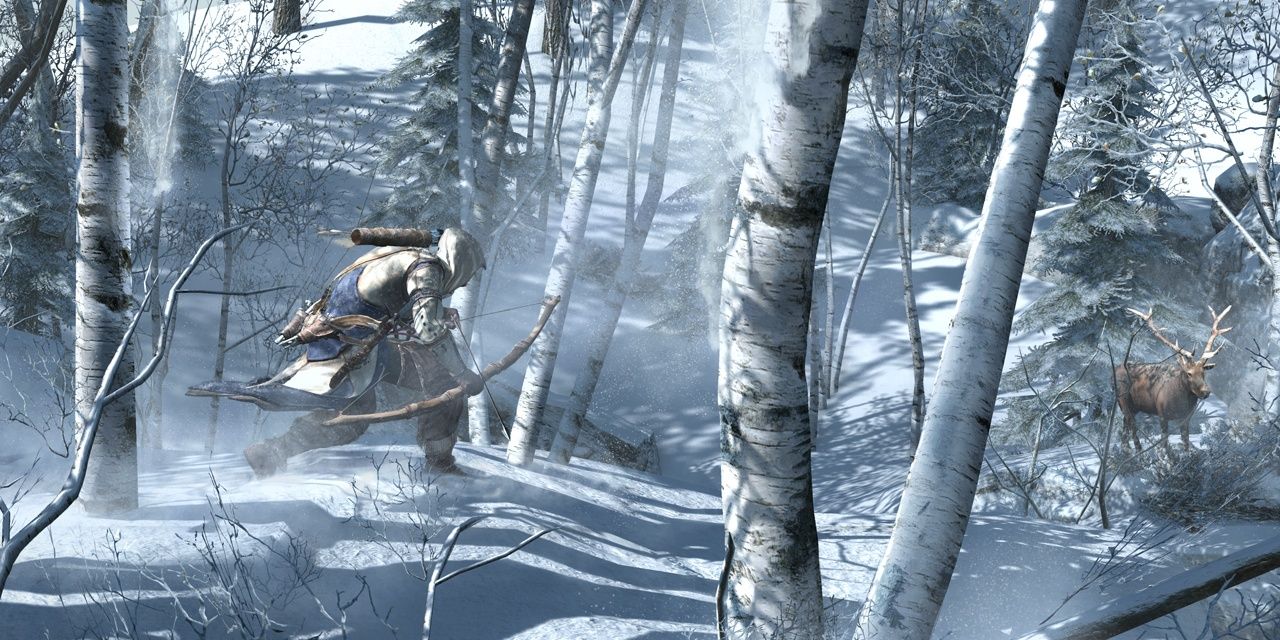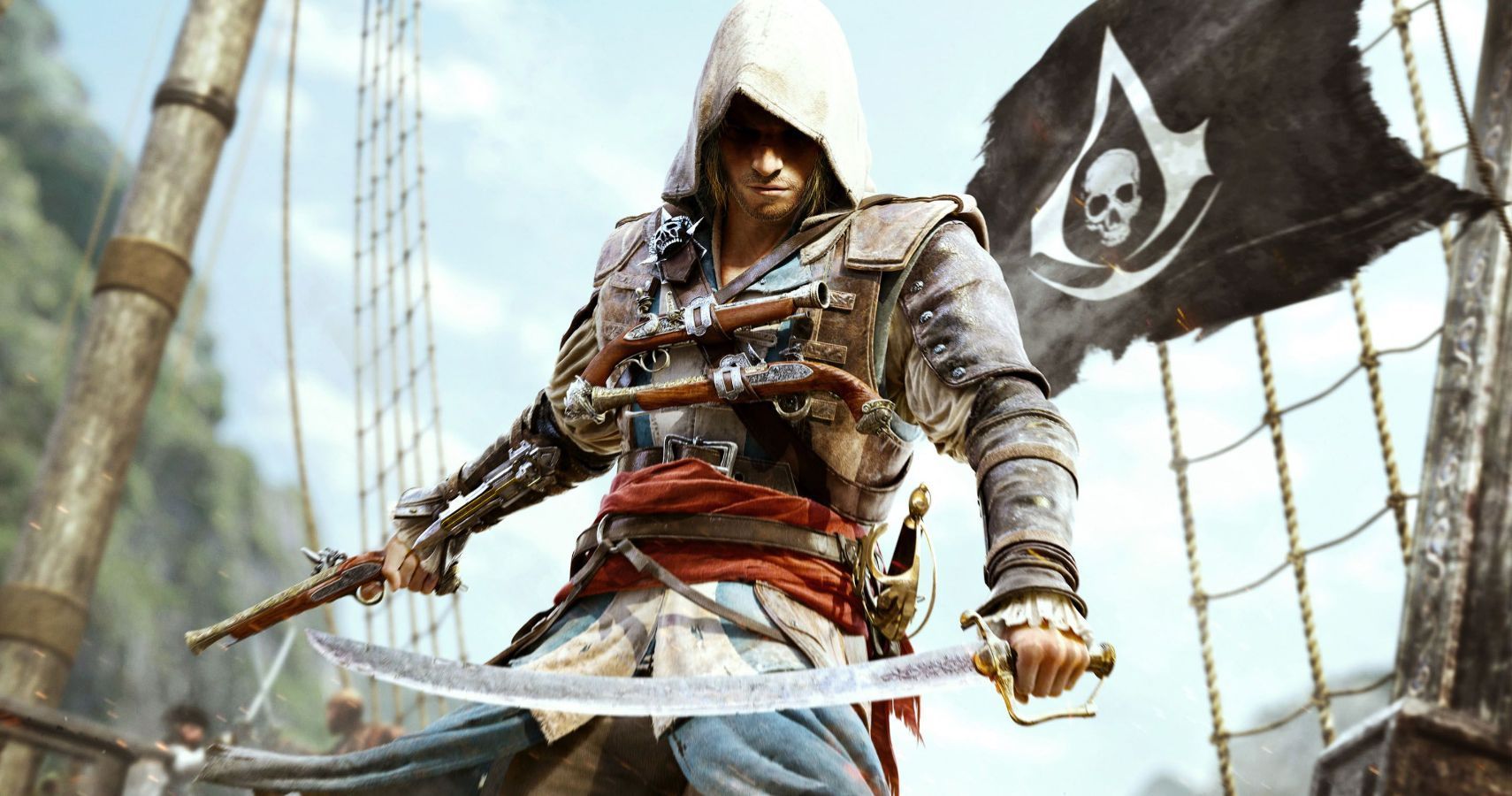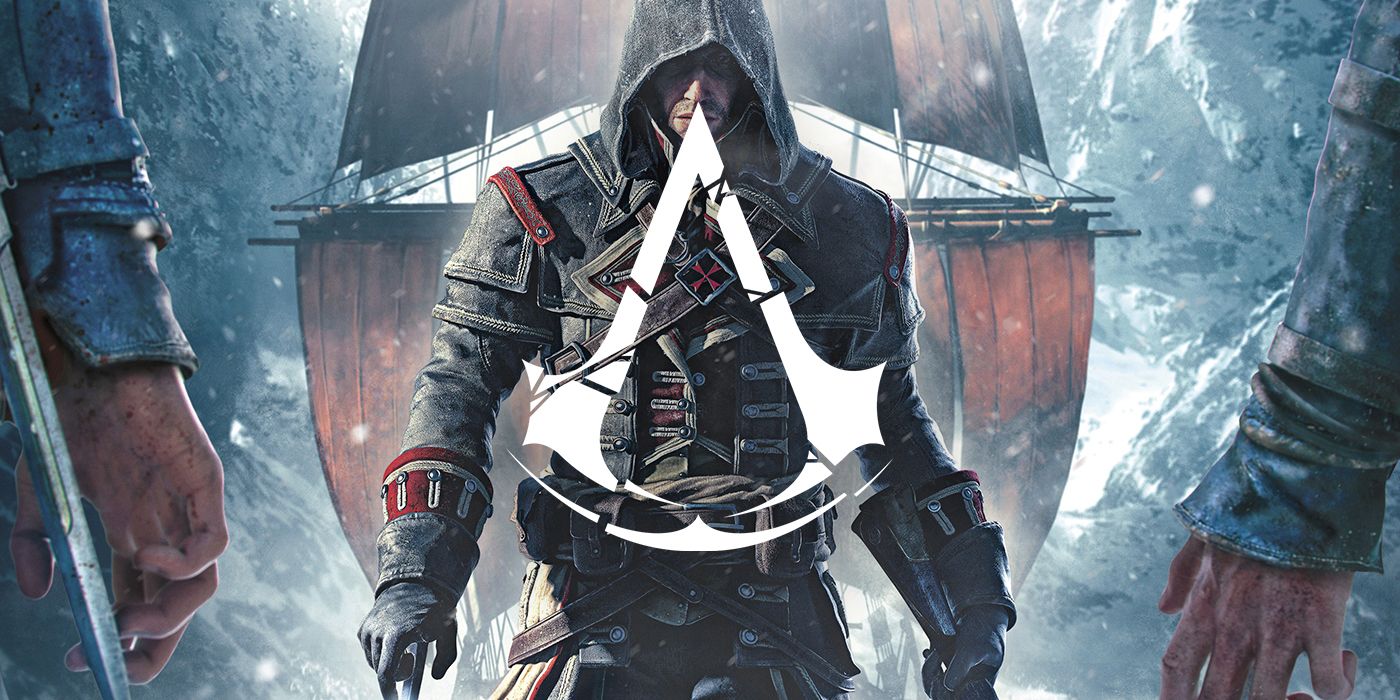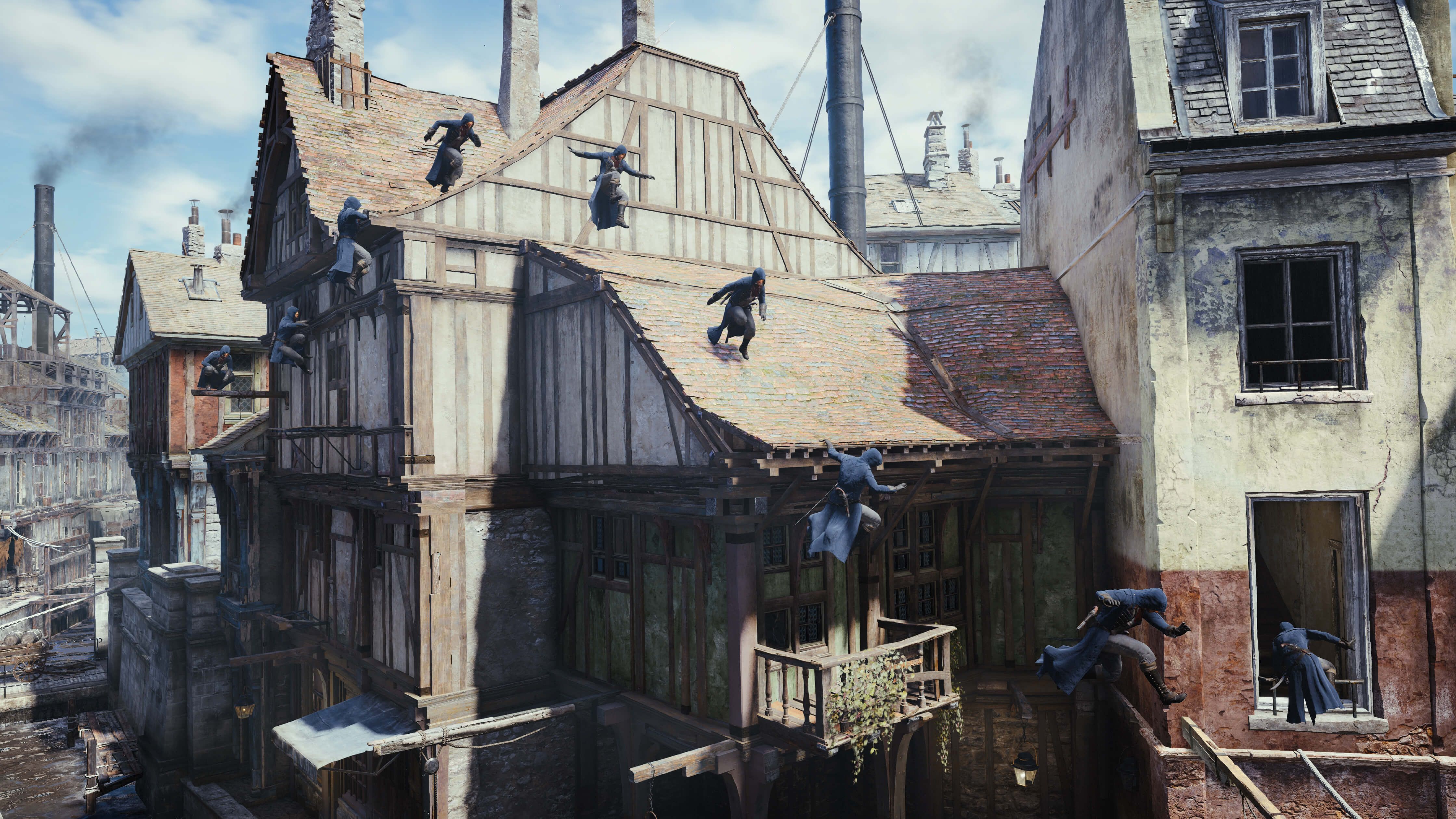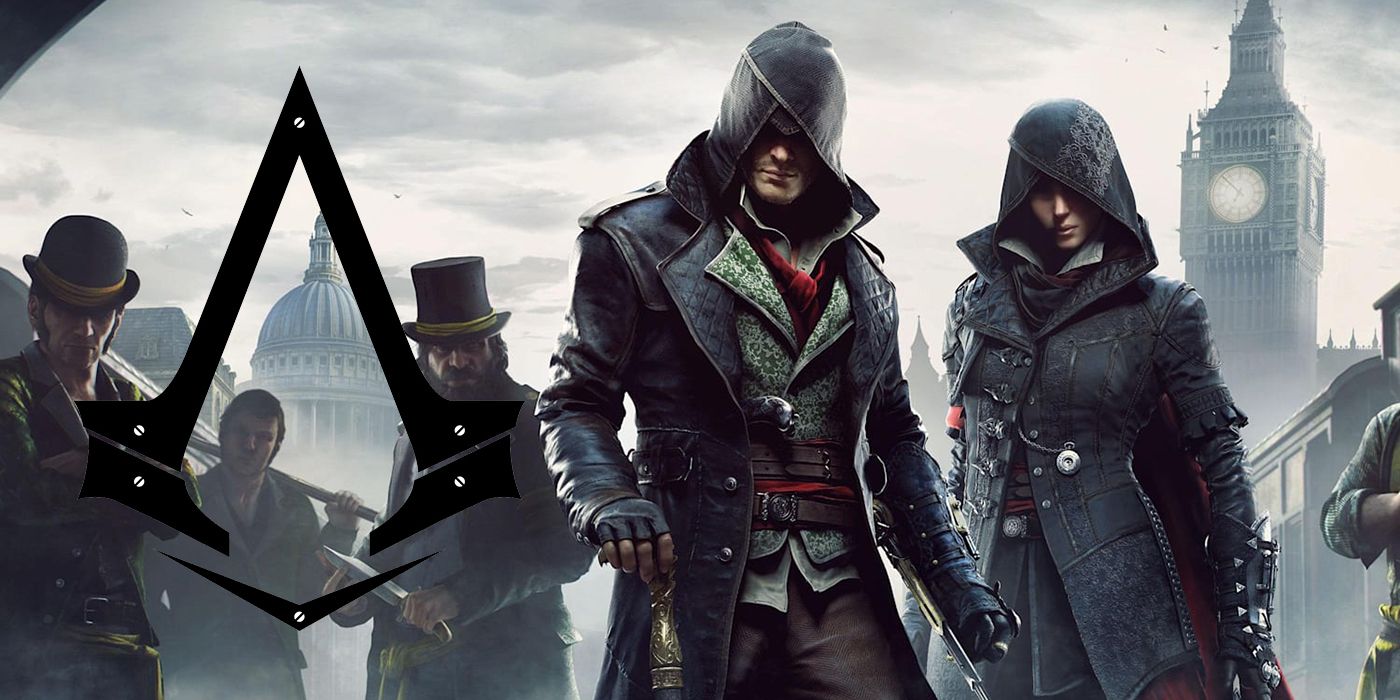The Assassin's Creed franchise is one that has undergone a series of significant changes to its core gameplay formula over the course of its nearly 15-year lifespan. That being said, the majority of these changes have been welcomed by Assassin's Creed fans, with each subsequent title adding fresh spins on their predecessors while maintaining the core framework that made the games so appealing.
With the next potential release for the Assassin's Creed franchise reportedly coming in the form of Assassin's Creed Rift, the smaller scale nature of the game lends itself to emulate more of the aspects of the classic games of the franchise. Not having the size to compete with the controversial more RPG-like elements of Origins, Odyssey, and Valhalla, Assassin's Creed Rift still has plenty of attractive elements that can be borrowed from the older games of the storied franchise.
Assassin's Creed 1
The first Assassin's Creed, released all the way back in 2007, is obviously the most limited of the franchise's roster of games, but imperatively important in establishing the tone and formula of the classic Assassin's Creed titles. Despite its inexorably more basic gameplay elements, the primary takeaway points from the original Assassin's Creed lie mainly within the story and setting of the game, to a rather pertinent degree.
The upcoming Rift will be likened to the original Assassin's Creed quite significantly, matching the physical and temporal setting of the original game to a fairly close degree. Rift will have to encapsulate the same elements of cultural importance that the Middle East setting has to the Assassin Brotherhood, or the Hidden Ones, in the same way the original game did to ground the story and link it to prior games.
Assassin's Creed 2
Assassin's Creed 2 released in 2009 and was seen by a majority of gamers as an outstanding and more comprehensive upgrade on the original. The game maintained a variety of core gameplay elements from the original, but utilized them in a much more dynamic and engaging environment. Undoubtedly, one of the main allures of Assassin's Creed 2 was the introduction of fan-favorite protagonist Ezio Auditore.
In terms of what Assassin's Creed Rift could learn from this game, the depth and character that the charming lead of this second title provided is one of the most obvious. With many already suggesting the potential similarities between both Ezio and Basim, the reported protagonist of Rift, the same elements of personality and presence within the new protagonist need to be of a similar ilk. Basim isn't likely to be as immature as Ezio at this time, based on his background, but Basim's strong personality really needs to shine through.
Assassin's Creed Brotherhood
The next franchise installment came with Assassin's Creed Brotherhood, released in 2010. Yet, because of its unique qualities, ot still possesses many factors that the new game can borrow from.
It is known that Basim was an influential member of the Hidden Ones, a precursor of the Assassin Brotherhood. It is safe to assume that within this role he would have had a similar level of influence to what Ezio had within Brotherhood. Knowing this, Rift could logically re-implement the engaging and dynamic "Assassin Recruitment" system that was introduced by Brotherhood. Giving players the ability to once again recruit, equip, and train assassins that could then be used to aid in combat would be a fantastic way to recapture that classic Assassin's Creed feeling.
Assassin's Creed Revelations
The final Ezio-led title of the franchise came with 2011's Assassin's Creed Revelations. Despite the focus of closure relating to Ezio, the game is commendable in its portrayal of pertinent Assassin and Templar lore.
A return to the Assassin vs Templar conflict is something that fans have been left increasingly wanting a return to, amidst the more standalone recent franchise releases. Logically, the seeds of this war could easily be explored within Rift and would definitely be something that would draw more positive attention to the upcoming installment.
Assassin's Creed 3
Assassin's Creed 3 is impressive in the level of exploration it affords players, with several locations available to travel between as a part of gameplay. It would be great to see Rift mimic this variety, albeit most likely on a smaller scale, in regard to some of the most iconic cities in the Middle East that were home to the Hidden Ones during the period in which the game is set.
Assassin's Creed Black Flag
The pirate-centric Black Flag released in 2013 and was an astounding hit with fans of the franchise. The ship-based map traversal revolutionized the series while maintaining many elements which still gave it that classic Assassin's Creed feel.
As fantastic as ship travel was in Black Flag, it is maybe too large of an ask for it to make an appearance in Rift, at least on the same scale. However, the Iraqi capital of Baghdad will reportedly be the primary setting of AC Rift, a city known for the famous Tigris river that runs through it. Ship traversal could be used on a scale befitting the size of the game within this river, providing the same variation of travel that Black Flag provided.
Assassin's Creed Rogue
While uncertain, it's possible that Rift's scale is something closer to Rogue. Undoubtedly the most interesting aspect of Rogue is its twist on core gameplay, with players taking control of a Templar hunting down Assassins instead of the usual vice versa. When taking into account that Basim is actually a human reincarnation of the Isu God Loki, a more morally gray tone to Basim's character and motives would be a good lesson to learn from Rogue. Or, on the assumption the game is set prior to Loki's dominance of Basim's mind, it would be good to see this internal conflict between the two.
Assassin's Creed Unity
The next full-scale release for Assassin's Creed came in the form of 2014's Unity. Despite having promising fresh gameplay elements like co-op, Unity will sadly always be marred by its disastrous launch. However, the game has seen a huge resurgence in following years, as many of those bugs were patched out.
What many praise AC Unity for is its parkour. It had perhaps one of the most involved systems to date within the franchise, and parkour is something that is iconic to the franchise. Many of the recent games have been criticized for lackluster parkour, which something with a smaller scale ought to bring back in full force.
Assassin's Creed Syndicate
Assassin's Creed Syndicate launched in 2015, launching in a much better condition than its predecessor. The most unique prospect of Syndicate was the introduction of two protagonists, each offering a unique set of combat and stealth abilities.
The aforementioned split identity of Basim also being Loki could add a fascinating twist to Rift in terms of borrowing this dual protagonist gameplay element from Syndicate. It would depend on when it is set and how much of Basim is Loki, and vice versa. Being able to utilize the mischievous trickery of Loki in combat and in stealth as an added layer to the core gameplay of Rift would see the game much more likely to compete with the plethora of other titles that make up the Assassin's Creed franchise.
Assassin's Creed Rift is reportedly in development.

